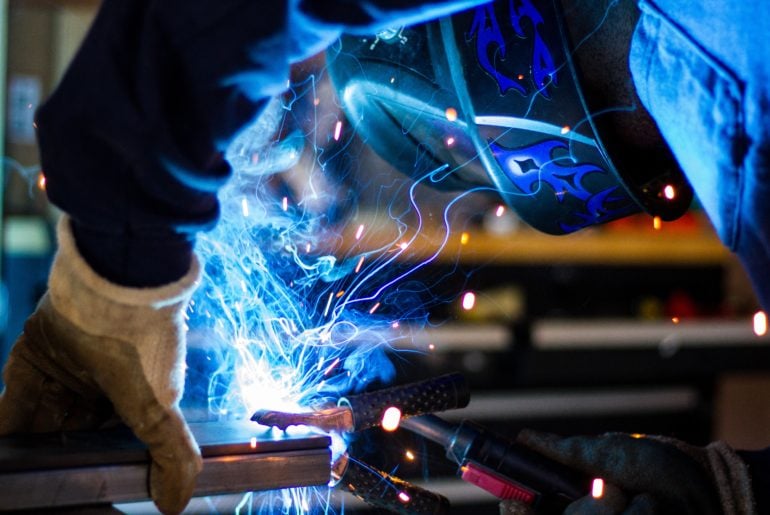The concept of the “Internet of Things” (IOT) is now well established in a consumer context. Prior to COVID-19, many industrial companies were already on considering various Industrial IOT (IIOT) use cases. COVID-19’s widespread disruption to companies operating in the sector confirmed the strategic need to embrace digital tech and automation. There are key legal issues to consider on data, service performance and cybersecurity when commencing an IIOT project.
Key Takeaways
The application of IIOT is undoubtedly providing new and unique ways for IMT companies to enhance processes and provide more intelligent and efficient services. However, the use of these technologies is not without risk. To mitigate this risk as far as possible and to maximise the benefits, customers seeking to use such technologies need to:
- diligence the opportunity thoroughly to ensure that the risks of an IIOT project are properly understood before work starts;
- ensure their contracts with technology providers provide an appropriate level of protection, both as to IP or contractual rights in the input and output data and related materials and regarding the proper functioning and performance of the IIOT solution; and
- consider in detail the cybersecurity implications of the deployment of the solution and take appropriate legal and operational steps to mitigate the risks.
Click here to access the full article.



